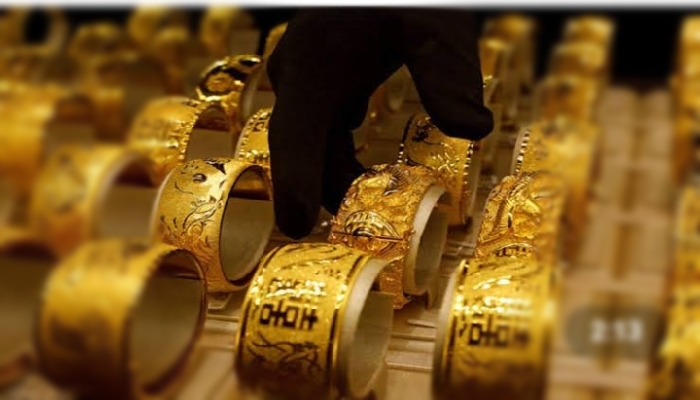Muzaffarnagar, Jan 21: The Uttar Pradesh government has sought information on the possibility of withdrawing nine criminal cases pending in a court here against BJP leaders in connection with 2013 Muzaffarnagar riots, according to a letter to the district magistrate by a senior state official.
The cases were filed against UP Minister Suresh Rana, former Union minister Sanjiv Balyan, MP Bhartendu Singh, MLA Umesh Malik and party leader Sadhvi Prachi.
In the January 5 letter to the district magistrate, Special Secretary, Uttar Pradesh Department of Justice, Raj Singh has sought information on 13 points, including whether the cases could be withdrawn in public interest.
The letter also sought the opinion of the Muzaffarnagar senior superintendent of police. Though the leaders have not been named in the letter, the file numbers pertaining to the cases against them have been mentioned in it.
The accused are facing charges under various sections of the Indian Penal Code for violating prohibitory orders, deterring public servants from discharging their duties and wrongful restraint.
The accused had allegedly participated in a 'mahapanchayat' and incited violence through their speeches in the last week of August 2013. The communal clashes in Muzaffarnagar and adjoining areas in August and September 2013 had claimed more than 60 lives while over 40,000 people were displaced.
In the two riot cases, 22 activists, including Rana, are facing trial in which a special investigation team (SIT) has filed charge sheets.






Comments
Hope govt will announce bagwath ratna for all rss backing bjp criminals. What a good move hope yogi got advise and opinion from amercian president.
What this saffrom cm of up able to represent UP state Govt. The Supreeme Court and EC commission must declare him as disqualified and unsuitable . Why there is no Law and Order to BJP and this UP ministers.
What they want make INDIA as rss goonda raj worst then Taliban era.
If the Central and Supreme court not interfere then publis will take in thier hand.
Add new comment